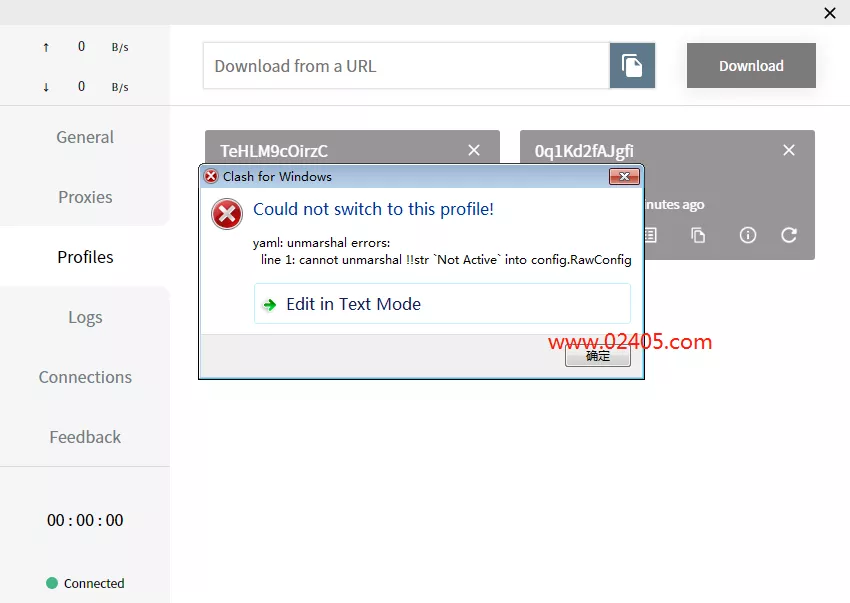
如何在 Golang 单元测试中使用 Gomega 进行断言
在 Golang 单元测试中,Gomega 是一个流行且功能强大的断言库,它提供了丰富的断言方法,使开发人员可以轻松验证测试结果。
安装 Gomega
go get -u <a style='color:#f60; text-decoration:underline;' href="https://www.codesou.cn/" target="_blank">git</a>hub.com/onsi/gomega
使用 Gomega 进行断言
以下是使用 Gomega 进行断言的一些常用示例:
1. 相等断言
import "github.com/onsi/gomega"
func Test_MyFunction(t *testing.T) {
gomega.RegisterTestingT(t)
actual := MyFunction()
gomega.Expect(actual).To(gomega.Equal(5))
}
2. 不相等断言
import "github.com/onsi/gomega"
func Test_MyFunction(t *testing.T) {
gomega.RegisterTestingT(t)
actual := MyFunction()
gomega.Expect(actual).NotTo(gomega.Equal(5))
}
3. 真值断言
import "github.com/onsi/gomega"
func Test_MyFunction(t *testing.T) {
gomega.RegisterTestingT(t)
actual := MyFunction()
gomega.Expect(actual).To(gomega.BeTrue())
}
4. 指针相等断言
import "github.com/onsi/gomega"
func Test_MyFunction(t *testing.T) {
gomega.RegisterTestingT(t)
actual := &MyStruct{}
expected := &MyStruct{}
gomega.Expect(actual).To(gomega.PointTo(expected))
}
5. 失败断言
import "github.com/onsi/gomega"
func Test_MyFunction(t *testing.T) {
gomega.RegisterTestingT(t)
actual := MyFunction()
gomega.Expect(actual).To(gomega.Equal(6), "Unexpected value")
}
实战案例
假设我们有一个函数 ComputeSum,用于计算两个数字的和。我们可以使用 Gomega 编写如下单元测试:
func Test_ComputeSum(t *testing.T) {
gomega.RegisterTestingT(t)
actual := ComputeSum(2, 3)
gomega.Expect(actual).To(gomega.Equal(5))
}
使用 Gomega 使得我们可以轻松地验证测试结果,并提高单元测试的可靠性。








